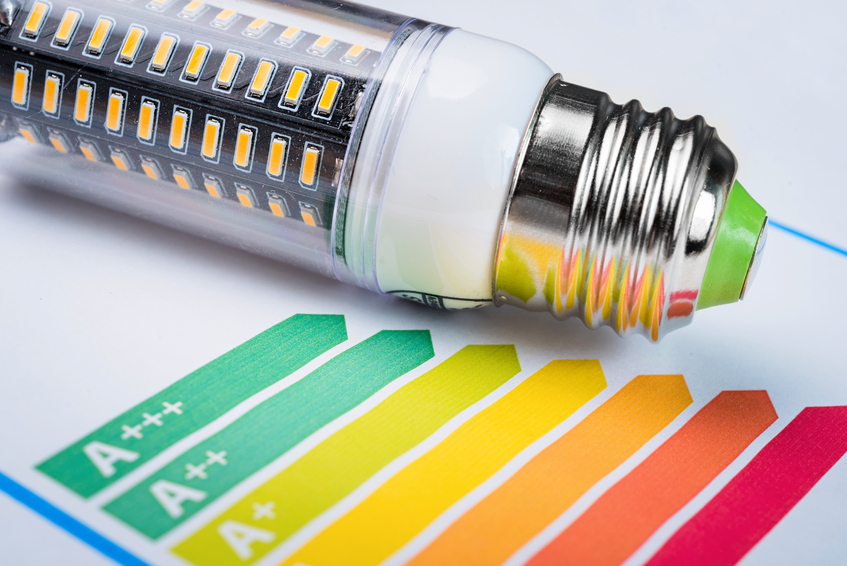Fundamentals of Reactive Power and Voltage Regulation in Power Systems

This online engineering PDH course presents an overview of modern practices in raising efficiency of power systems through application of reactive power and voltage regulation.
It starts with discussion about the structure of power systems from a power plant to the customer, and typical power system voltages in different parts of the system. Then, it explains how power losses and voltage drops in the power system may be reduced through compensation of reactive power either by shunt capacitors for an inductive load or shunt reactors for a capacitive load. Arrangement of a shunt capacitor bank and a sequence of its design is considered as well. Explanations are supported by numerous drawings, photos of actual equipment and the example showing how to design a 230 kV shunt capacitor bank. Finally, it discusses reasons for voltage regulation in power systems and means to perform. Explanations are supported by photos and example showing how transformer winding taps may be selected.
This 3 PDH online course is applicable to power industry engineers and designers as well as colleges and universities faculty involved with either practical application of reactive power and voltage regulation or teaching its concepts.
This PE continuing education course is intended to provide you with the following specific knowledge and skills:
- Understanding why reactive power needs to be regulated
- Drawing a power triangle
- Listing the main equipment for reactive power regulation
- Sizing and designing a shunt capacitor bank for a specific power factor improvement
- Describing the mission of voltage regulation and means used to perform it
- Selecting a no-load taps on the primary side of transformer for specific limits of secondary voltage
In this professional engineering CEU course, you need to review the course document titled, "Fundamentals of Reactive Power and Voltage Regulation in Power Systems".
Upon successful completion of the quiz, print your Certificate of Completion instantly. (Note: if you are paying by check or money order, you will be able to print it after we receive your payment.) For your convenience, we will also email it to you. Please note that you can log in to your account at any time to access and print your Certificate of Completion.